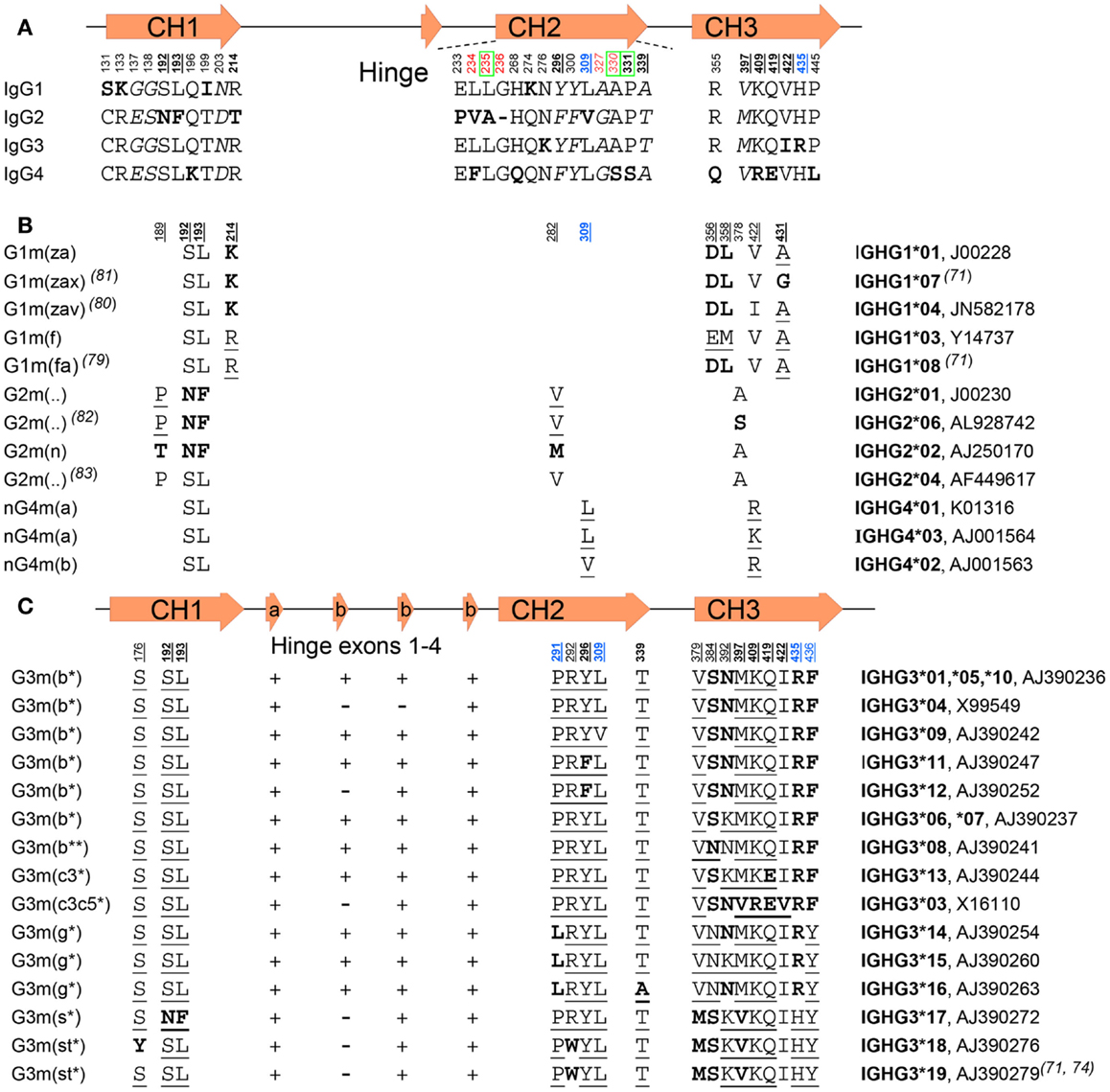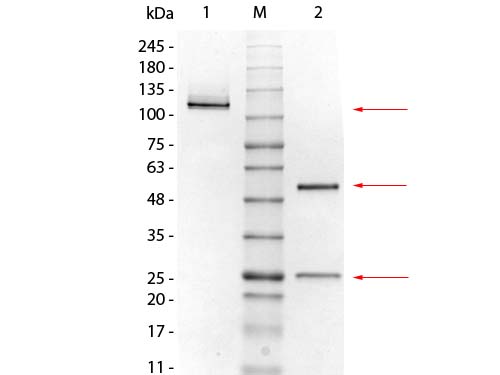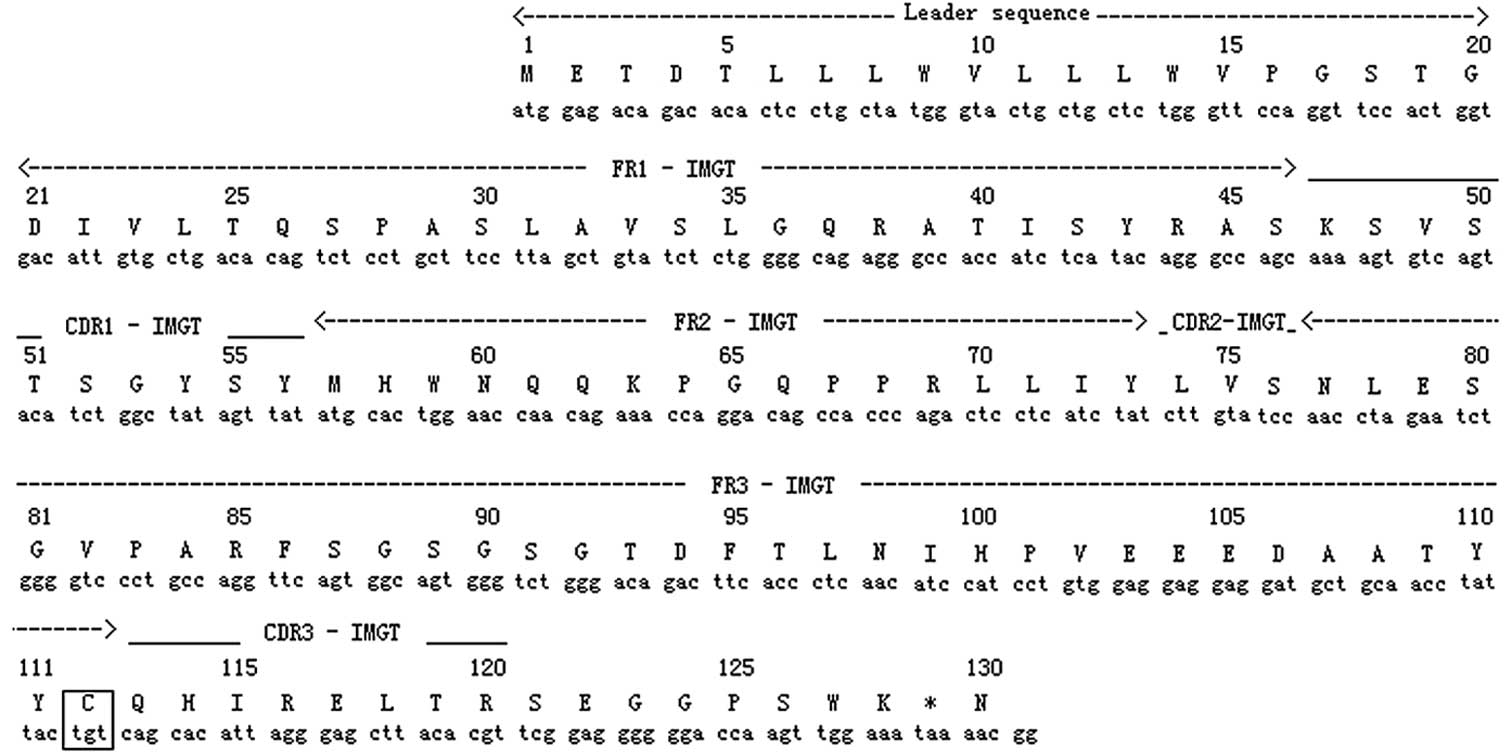
Identification of dentinogenic cell-specific surface antigens in odontoblast-like cells derived from adult dental pulp | Stem Cell Research & Therapy | Full Text

Analysis of heavy and light chain sequences of conventional camelid antibodies from Camelus dromedarius and Camelus bactrianus species - ScienceDirect

Amino-acid sequence alignment of the HL4E10 hamster IgG light chain... | Download Scientific Diagram

Analysis of heavy and light chain sequences of conventional camelid antibodies from Camelus dromedarius and Camelus bactrianus species - ScienceDirect
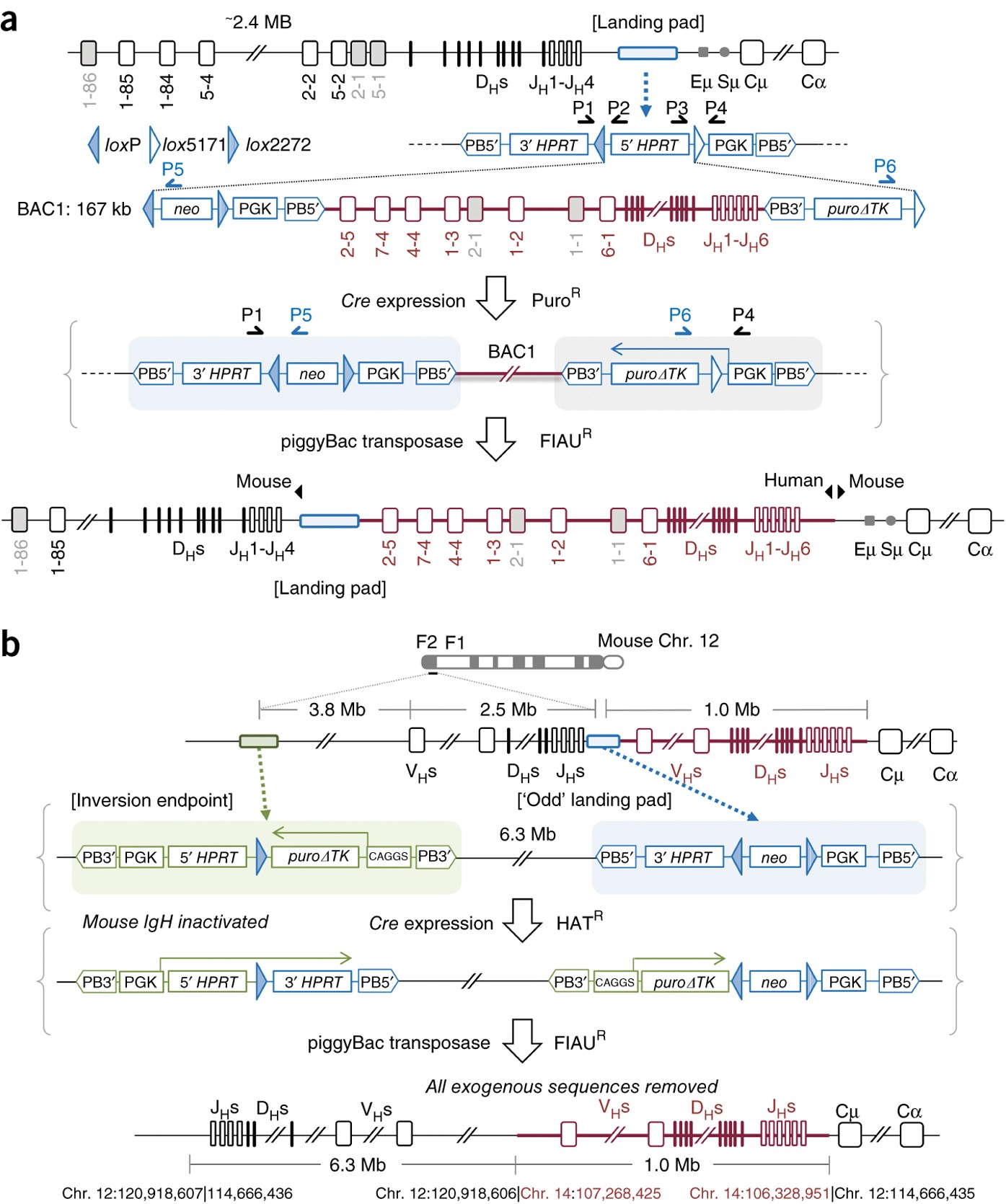
Complete humanization of the mouse immunoglobulin loci enables efficient therapeutic antibody discovery | Nature Biotechnology
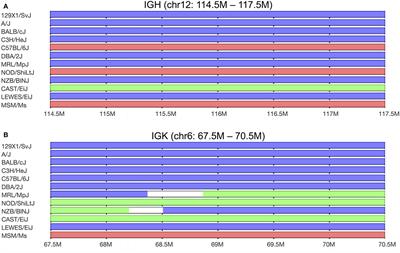
Frontiers | Immunoglobulin Light Chain Gene Rearrangements, Receptor Editing and the Development of a Self-Tolerant Antibody Repertoire | Immunology

Amino-acid sequence alignment of the HL4E10 hamster IgG heavy chain... | Download Scientific Diagram
Inclusion of the murine IgG kappa signal peptide increases the cellular immunogenicity of a simian adenoviral vectored Plasmodiu

Rearrangement of Mouse Immunoglobulin Kappa Deleting Element Recombining Sequence Promotes Immune Tolerance and Lambda B Cell Production: Immunity
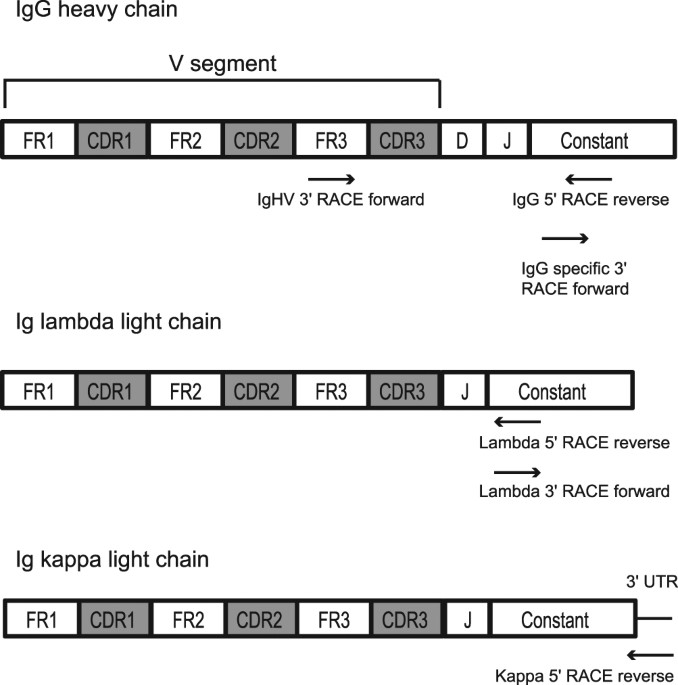
Sequence analysis of feline immunoglobulin mRNAs and the development of a felinized monoclonal antibody specific to feline panleukopenia virus | Scientific Reports
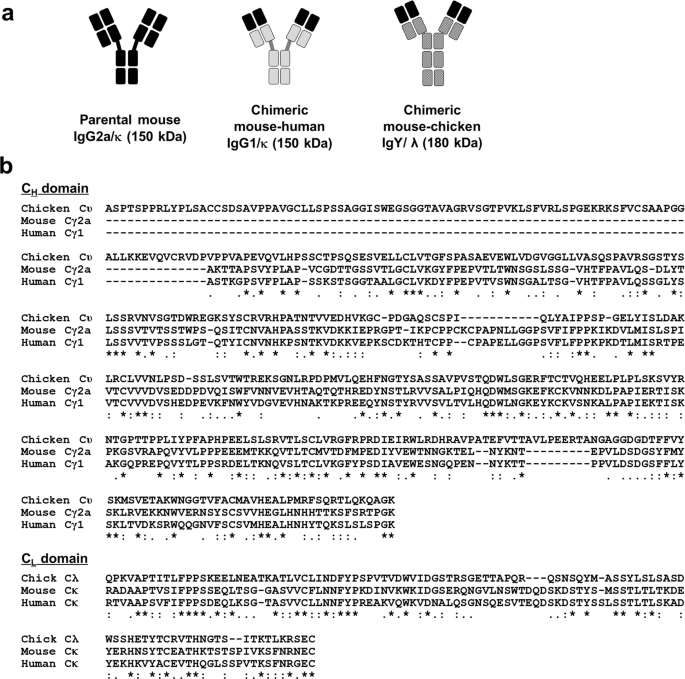
Antigen-binding affinity and thermostability of chimeric mouse-chicken IgY and mouse-human IgG antibodies with identical variable domains | Scientific Reports

A Mouse Ig κ Domain of Very Unusual Framework Structure Loses Function when Converted to the Consensus (∗) - Journal of Biological Chemistry

Kappa-on-Heavy (KoH) bodies are a distinct class of fully-human antibody-like therapeutic agents with antigen-binding properties | PNAS

Analysis of heavy and light chain sequences of conventional camelid antibodies from Camelus dromedarius and Camelus bactrianus species - ScienceDirect


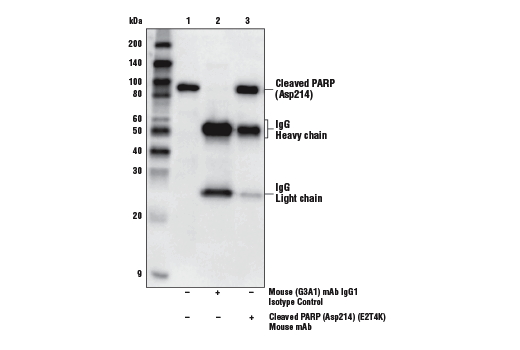
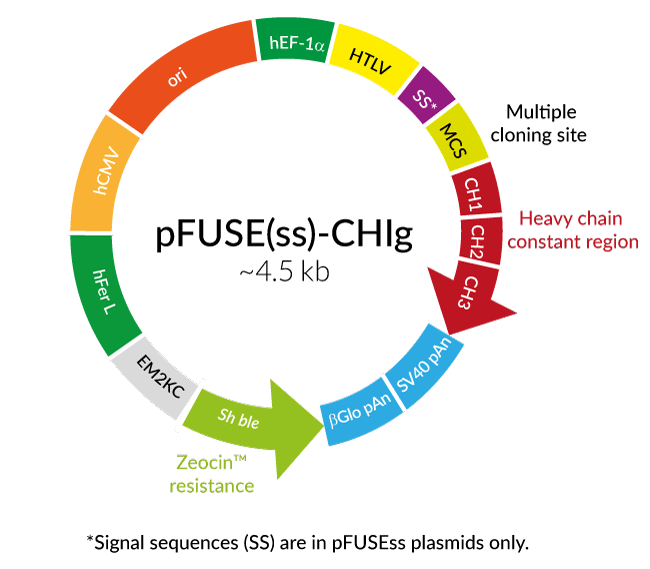

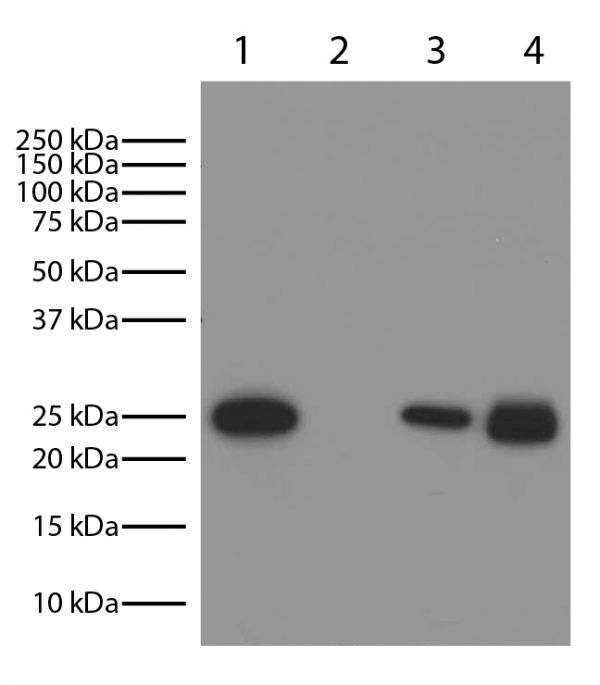


![Recombinant Anti-Kappa light chain antibody [EPR5367-8] (ab124727) | Abcam Recombinant Anti-Kappa light chain antibody [EPR5367-8] (ab124727) | Abcam](https://www.abcam.com/ps/products/124/ab124727/Images/ab124727-8-anti-kappa-light-chain-antibody-epr5367-8-elisa.jpg)
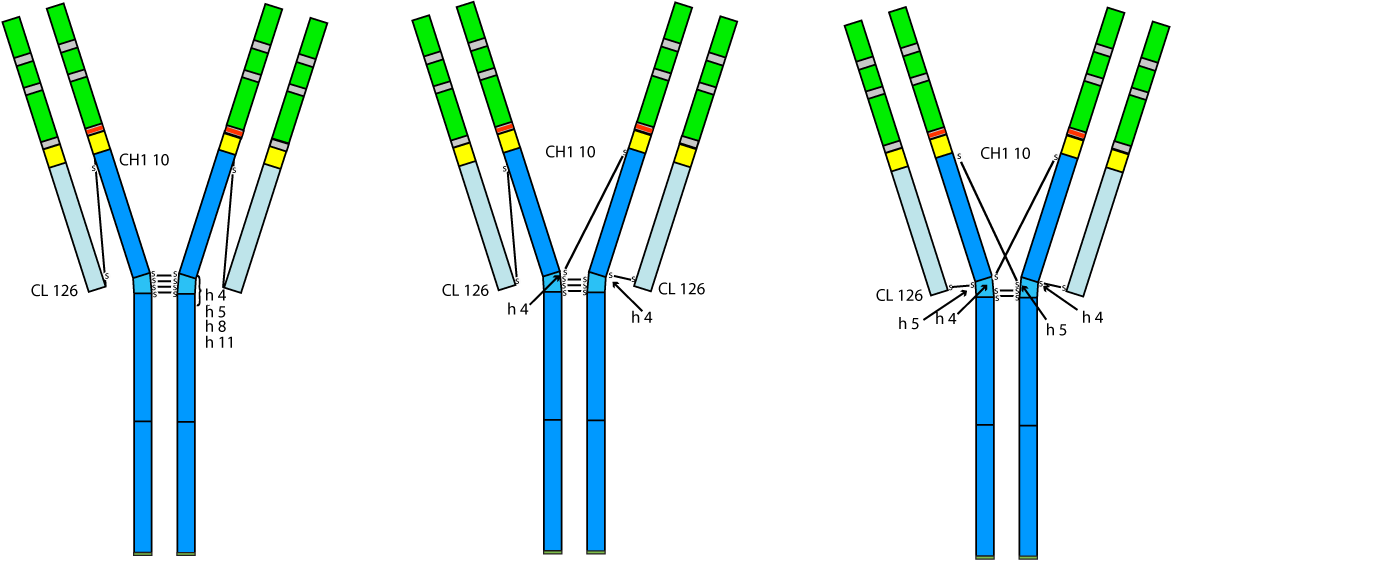
-[Unconjugated]-ELISA-NBP2-62003-img0002.jpg)
